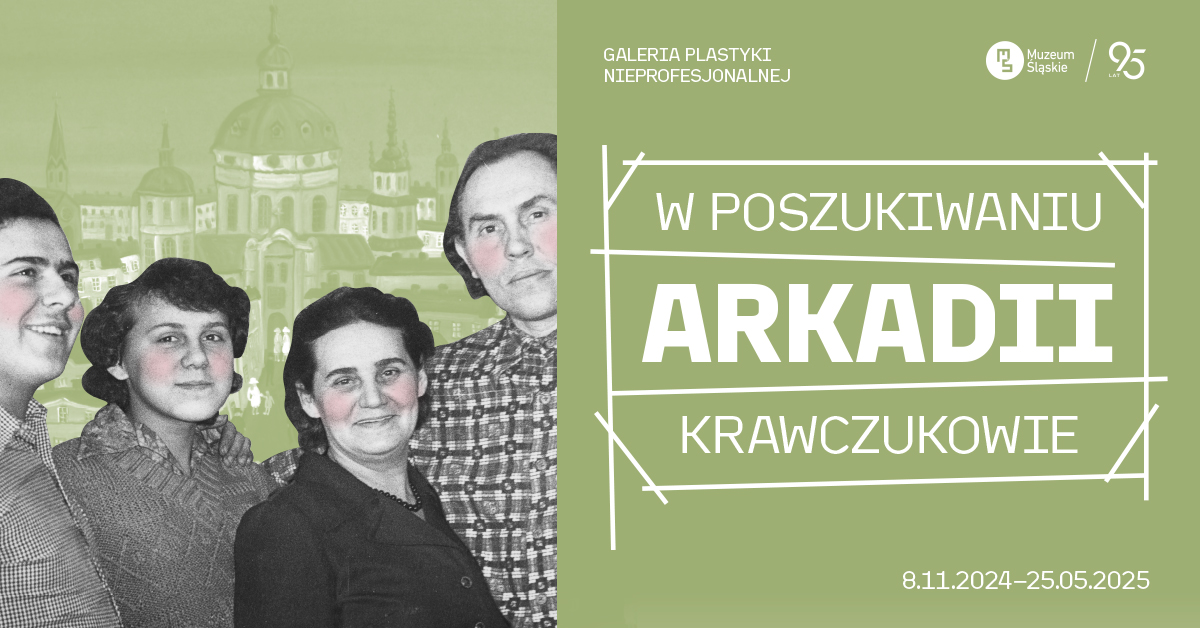Folk woodcut is a little-known and rarely presented field of folk art. It was popular in the 18th and 19th centuries but by the end of the 19th century it had become a “lost art”. Fortunately, the first collections of works were established in the 19th century. Experts, lovers of folk art and professional artists took an interest in them and the first scientific studies on the subject were undertaken at the beginning of the 20th century
Attempts were also made to reactivate the folk woodcut. Jędrzej Wowro, at Emil Zegadłowicz’s suggestion, started to make woodcuts at the turn of the 1920s and the 1930s. He was followed in the 1970s by Piotr Dyburski from Grobla who was inspired by Kacper Świerzowski, a bibliophile and folk art collector. However, this did not contribute to the revival of this art. Do contemporary creators give hope for a return to this art of creating folk woodcuts?
The exhibition presents woodcuts and woodcut blocks from the 18th, 19th and early 20th centuries. It shows the effects of interest in this field of folk art. It also presents contemporary examples of its reactivation: the graphics by Antoni Toborowicz and Włodzimierz Ostoja-Lniski. It brings to the audience an interesting and little-known area of folk art.
The objects on display are from the following collections:
The Museum of Częstochowa
The Seweryn Udziela Ethnographic Museum Krakow
The Prof. Stanisław Fischer Museum in Bochnia
The Municipal Museum in Sucha Beskidzka
The National Museum in Krakow
The Museum of Teschen Silesia in Cieszyn
The Silesian Museum in Katowice
The Dr. Tytus Chałubiński Museum of the Tatra Mountains in Zakopane
The State Ethnographic Museum in Warsaw
The exhibition screens the “Polish Folk Woodcut” film from 1970, directed by Grzegorz Dubowski, shot by the Educational Film Company in Łódź.
The exhibition is accompanied by songs about saints recorded in Katowice in 2020 as part of Iga Fedak’s “Saints in Polish Tradition” project sponsored under the “Culture on the Web” initiative of the Minister of Culture, National Heritage and Sport. The lyrics of the songs come from the “Hymn Book” from 1838, published in Krakow by priest Michał Marcin Mioduszewski.
Exhibition: May 14 – August 15, 2021
Exhibition script author and curator: Krystyna Pieronkiewicz-Pieczko
Art arrangement: Krystian Banik
Place of presentation: the Silesian Museum in Katowice, 1 T. Dobrowolskiego St., the “Polish Stenography Center” building
Pozostałe Archiwum wystaw

Toshihiro Hamano. Beauty of Japan – Tradition and Modernity
6.12.2024-9.03.2025
przestrzeń wystaw czasowych na poziomie -4

W poszukiwaniu Arkadii. Krawczukowie
8.11.2024-25.05.2025
przestrzeń wystaw czasowych na poziomie -2

